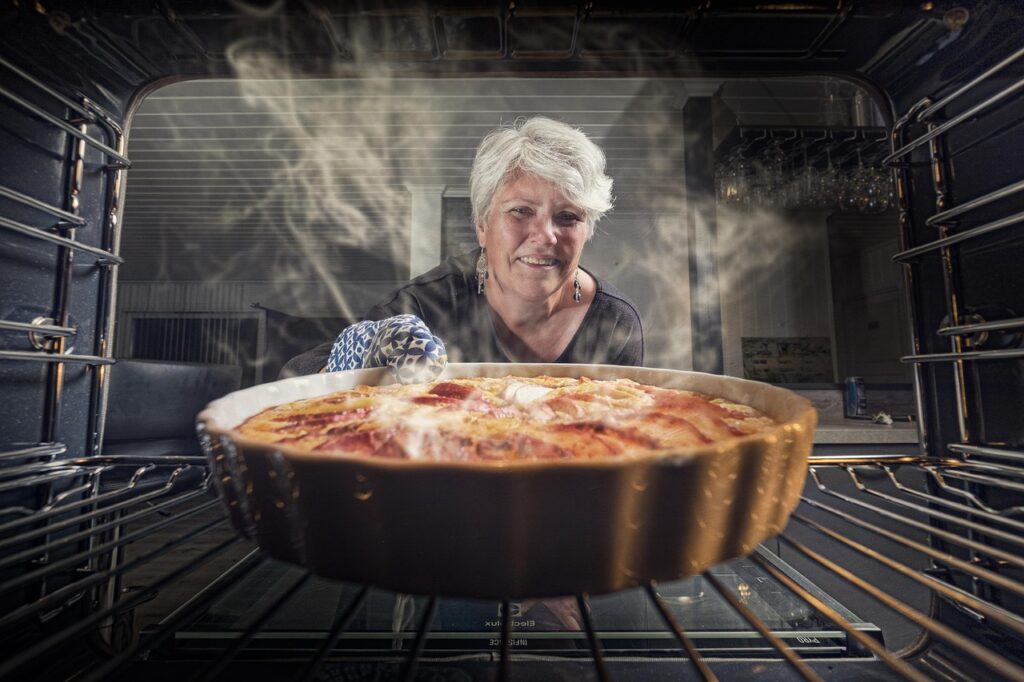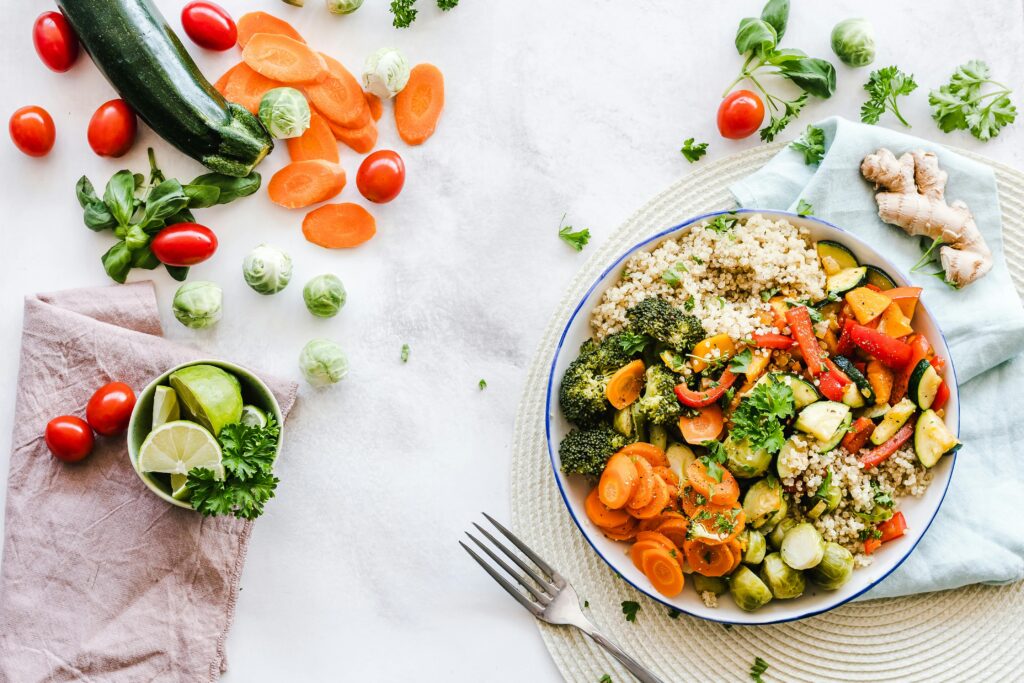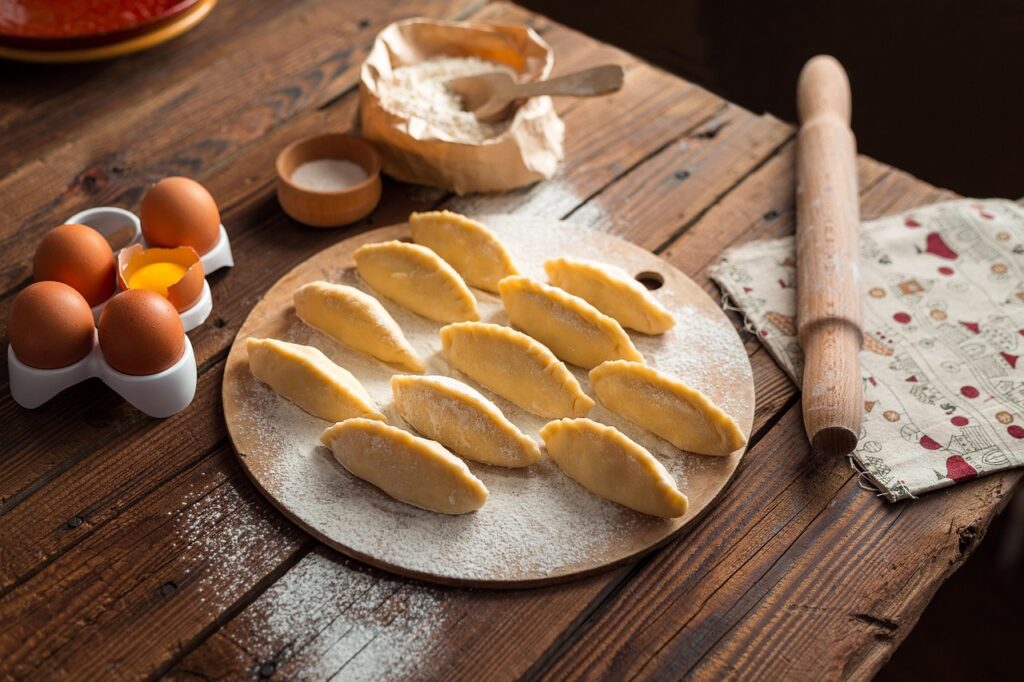Baking is more than just mixing flour, sugar, and eggs—it’s a delicious blend of chemistry and precision. While cooking often leaves room for improvisation, baking rewards those who follow the rules. Understanding the science behind baking can transform your cakes, cookies, and breads from average to outstanding.
Whether you’re a beginner or a weekend baker looking to improve, this guide will walk you through essential baking techniques, common mistakes to avoid, and pro tips for perfect results every time.
The Chemistry of Baking: Why It Matters
At its core, baking is a series of chemical reactions. Leavening agents like baking soda and baking powder create bubbles that make your baked goods rise. Eggs provide structure, sugar affects texture and moisture, and flour contains proteins that form gluten, giving structure to your bake.
Understanding how these ingredients work—and how they interact—can help you troubleshoot problems and elevate your skills.
Essential Baking Techniques Every Home Baker Should Know
1. Measure Precisely
Unlike cooking, a pinch too much flour or sugar in baking can throw off the entire recipe. Always measure dry ingredients using measuring cups (not scooping directly from the bag, which compacts the ingredient) and use liquid measuring cups for wet ingredients.
Pro Tip: Invest in a kitchen scale. Measuring by weight is more accurate and ensures consistent results.
2. Don’t Skip the Sifting
Sifting flour and other dry ingredients helps remove lumps and incorporates air, which leads to lighter, fluffier bakes.
When to sift: If the recipe calls for it, or if you’re working with cocoa powder or powdered sugar, which tend to clump.
3. Use Room Temperature Ingredients
Room temperature eggs, butter, and milk mix more evenly and create smoother batters. Cold ingredients can lead to curdling or uneven textures.
Pro Tip: Forgot to take out your eggs? Place them in a bowl of warm water for 5–10 minutes to bring them to room temperature quickly.
4. Cream Butter and Sugar Properly
Creaming incorporates air, which helps leaven your cake or cookies. Beat butter and sugar for at least 3–5 minutes until light and fluffy—don’t rush this step!
5. Don’t Overmix Once Flour Is Added
Overmixing develops too much gluten, which leads to tough, dense baked goods. Once you add the dry ingredients, mix just until everything is combined.
Common Baking Mistakes to Avoid
1. Not Preheating the Oven
Baking is time-sensitive. If your oven isn’t at the right temperature from the start, it affects how your baked goods rise and set.
Fix: Always preheat your oven for at least 10–15 minutes before baking.
2. Opening the Oven Door Too Often
Each time you open the oven, the temperature can drop by 25°F (or more), which can cause cakes to collapse or cookies to bake unevenly.
Fix: Use the oven light and window to check progress, and avoid opening the door until at least 80% of the baking time has passed.
3. Using Expired Leavening Agents
Baking powder and baking soda lose potency over time. If they’re old, your bakes won’t rise properly.
Fix: Check expiration dates and test baking soda by adding vinegar—it should bubble. For baking powder, add water—it should fizz.
4. Ignoring Ingredient Temperature
Cold butter won’t cream properly, and hot melted butter can scramble eggs. Follow the recipe instructions for ingredient temperatures closely.
Pro Tips for Perfect Baking Results
1. Calibrate Your Oven
Most ovens run slightly hot or cold. Use an inexpensive oven thermometer to check actual temperature and adjust as needed.
2. Line Your Pans
Use parchment paper or silicone baking mats to prevent sticking and promote even baking. Bonus: cleanup is a breeze.
3. Chill Your Dough (When Needed)
Chilling cookie dough prevents spreading and enhances flavor. This step is especially important for sugar cookies, shortbread, and chocolate chip cookies.
4. Rotate Your Pans
For even baking, especially in older ovens, rotate your pans halfway through the bake time.
5. Let Baked Goods Cool Properly
Let items cool in the pan for 10–15 minutes, then transfer to a wire rack. This prevents soggy bottoms and ensures a stable structure.
Final Thoughts: Baking Is Science, But Also an Art
Perfect baking doesn’t require fancy tools or professional training—it requires patience, attention to detail, and a willingness to learn from mistakes. By mastering the techniques above and understanding the science behind each step, you’ll gain more control over your results and confidence in the kitchen.
So the next time you bake a cake or batch of cookies, remember: every scoop, stir, and minute matters. And with a bit of science on your side, baking success is just an oven timer away.



